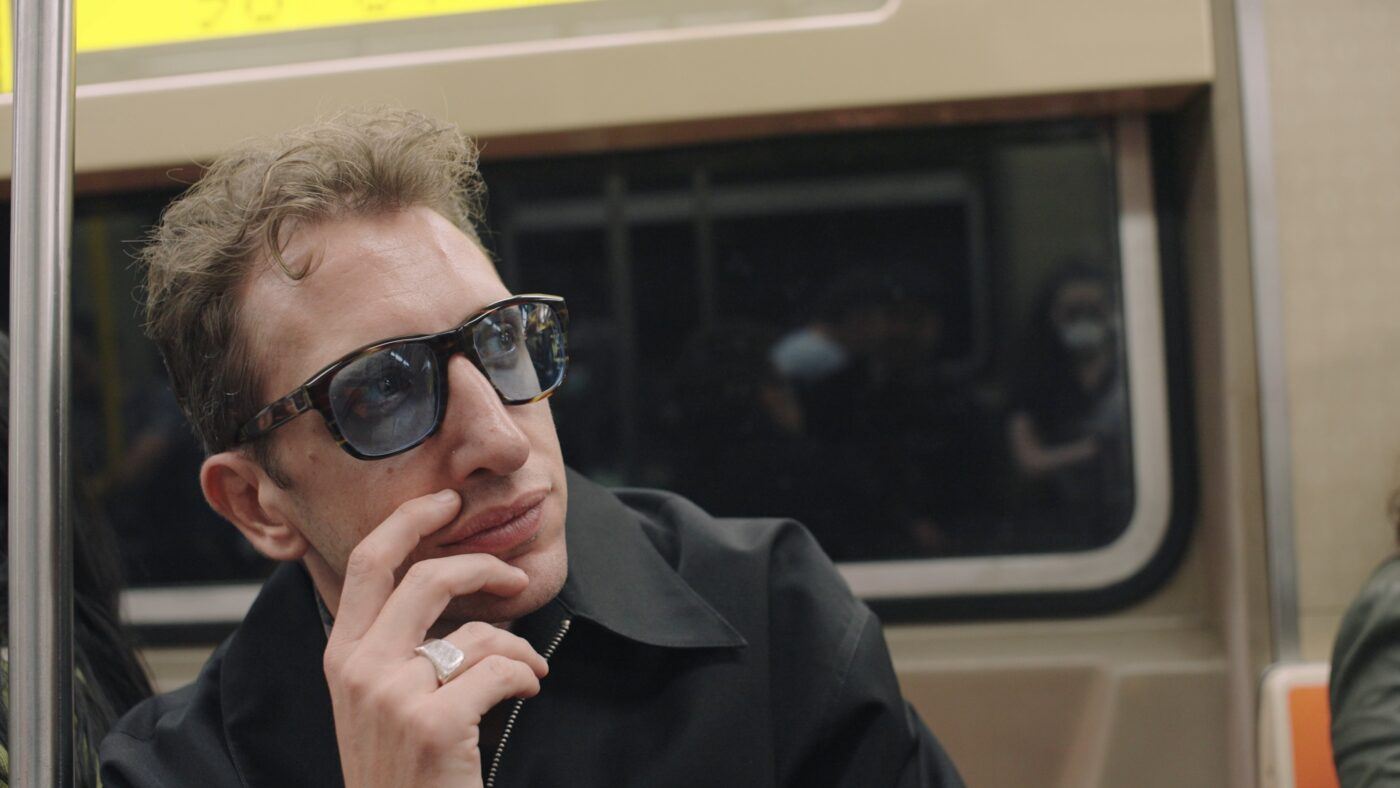Dialect
2022 - Photography (Photography)
104 x 130 cm
Felipe Romero Beltrán
Dialect by Felipe Romero Beltrán is a photographic series that follows a group of immigrants who have recently crossed the strait (the maritime border between Morocco and Spain) to avoid border controls. The young immigrants settle in Seville while their legal situation is either resolved or refused. Reflecting on his own status as a migrant, Beltra?n’s series of photographs documenting Morrocan immigrants is a tribute to their trajectories; a trace of their existences. Beltra?n first met the subjects of Dialect during a theater workshop. He speaks with the group about his own experience of being a migrant in Spain. After learning that he was a photographer, some of the men (who were teenagers at the time) asked the artist to take a few pictures that they could use for social media. Beltra?n’s collaboration with this group of migrants later evolved into an artwork as they entered adulthood. One photograph in the series depicts the body of Bilal draped over the shoulders of two friends, reenacting a moment when Bilal fainted during his journey from Tangier to Seville. In reproducing the droop of a young man’s hips, the fall of his arm, the sight of his worried brow smoothing out, Dialect creates a chance for its subjects to relive some of the more difficult moments in their young lives, and, in doing so, transform those moments into gestures of beauty and tension, poetically undone by novel forms of collective support.
Felipe Romero Beltrán is a photographer whose practice is characterized by his interest in social matters. The artist’s process is typically structured around long-term documentary projects that require extensive research on their subjects. For example, Beltrán’s work Magdalena (2017) considers the Colombian civil war that ended in 2016. The bodies of many of the victims killed during the war were thrown in the Magdalena River, which is a vital water source fundamental to the nation. For years, those fishing in the river have found body parts caught in their nets. With this in mind, the local populations have practiced religious rituals to gain the favor of the dead. The story that Beltrán portrays through his work merges these magical practices with the practical realities of reconciliation and healing. The remarkable sensitivity with which Romero Beltran captures his subjects may have something to do with his own precarious path as an immigrant from South America to Europe, via a major detour to the Middle East. He arrived at the Bezable Art School in 2014 in Jerusalem and spent a year and half there taking quizzical pictures of blocked streets and barricaded houses, another form of violence to which he had been exposed during the civil war in his home country of Colombia.
Colors:
Related works sharing similar palette
» see more

© » THEARTNEWSPER
Marina Abramović spreads the love in one-off performance at the Royal Academy Art market Museums & heritage Exhibitions Books Podcasts Columns Technology Adventures with Van Gogh Search Search Diary blog Marina Abramović spreads the love in one-off performance at the Royal Academy Against backdrop of turbulent real-world events, crowds gathered and hugged for Unconditional Love recital The Art Newspaper 11 December 2023 Share Marina Abramović performs An Invitation to Love Unconditionally in the Annenberg Courtyard at the Royal Academy of Arts, London...

© » ART21
Press Release: Art21 to Release First Film of 2024: “Lawrence Abu Hamdan: Politics of Listening” | Art21 Our Series Art in the Twenty-First Century Extended Play New York Close Up Artist to Artist William Kentridge: Anything Is Possible Specials Art21.live An always-on video channel featuring programming hand selected by Art21 Playlists Curated by Art21 staff, with guest contributions from artists, educators, and more Art21 Library Explore over 700 videos from Art21's television and digital series Latest Video 15:03 Add to watchlist Politics of Listening Lawrence Abu Hamdan Extended Play February 7, 2024 Search Searching Art21… Welcome to your watchlist Look for the plus icon next to videos throughout the site to add them here...
Related works found in the same semantic group
» see more

© » ARTS EQUATOR
Transcultural Lullabies: Rohingya and Malay folksongs | ArtsEquator Thinking and Talking about Arts and Culture in Southeast Asia ArtsEquator Viewpoints October 6, 2020 Rohingya poet Mayyu Ali and Malaysian artist Sharon Chin collaborate in this meaningful project that looks at Rohingya and Malay lullabies and folksongs...

© » KADIST
Mimian Hsu Chen
2014In Hsu’s work, Colonia China (2014), the artist documents a Chinese cemetery of Costa Rica’s Limón Province, along the country’s Caribbean coast...

© » HYPERALLERGIC
“Cloth as Land” at JMKAC Presents Textiles as a Wellspring of Hmong Indigeneity Skip to content Ger Xiong/Ntxawg Xyooj, “I sat closely and watched it crumble and unraveled and crumbled and unraveled and...” (2023), Coca-Cola can and embroidery thread (image courtesy the artist) HMong* indigeneity is complicated by centuries of political conflicts, displacement, erasure, and disorientation in HMong homelands of China and Southeast Asia...



